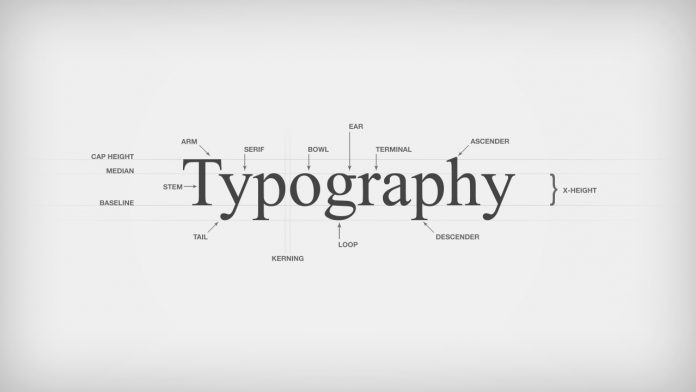Fonts are the unsung heroes of design, quietly shaping our reading experiences and influencing our perceptions of content. They are more than just letters on a page; they are powerful tools that convey mood, personality, and meaning. In the vast world of typography, where choices abound, understanding the nuances of fonts is essential for effective communication and visual storytelling. In this blog post, we’ll embark on a journey into the fascinating realm of fonts, exploring their history, anatomy, and practical applications in design.
- A Brief History of Fonts: Fonts have a rich and storied history that dates back centuries. The earliest forms of typography can be traced to ancient civilizations such as the Egyptians and the Phoenicians, who carved inscriptions into stone and clay. The advent of movable type in the 15th century revolutionized the printing industry, leading to the proliferation of typefaces and the democratization of knowledge. Over the centuries, fonts have evolved alongside technological advancements, from the letterpress to digital typesetting, shaping the way we communicate and consume information.
- Anatomy of Fonts: Understanding the anatomy of fonts is essential for mastering typography. Fonts consist of various elements, including the stem, the ascender, the descender, the bowl, the counter, the serif, and the baseline, each serving a specific purpose in defining the letterform’s structure and appearance. By familiarizing ourselves with these elements, we gain insight into how fonts are constructed and how they contribute to the overall aesthetic of a design.
- Different Types of Fonts: Fonts come in a wide variety of styles, each with its unique characteristics and applications. The main categories of fonts include serif, sans serif, script, display, and monospaced fonts, each catering to different design needs and preferences. Serif fonts, with their decorative serifs, evoke tradition and elegance, while sans serif fonts, with their clean lines, convey modernity and simplicity. Script fonts mimic handwriting or calligraphy, adding a touch of personality and flair to designs, while display fonts make a bold statement with their decorative and expressive letterforms. Monospaced fonts, with their uniform spacing, are popular for coding and technical applications.
- Practical Applications of Fonts: Fonts play a crucial role in design across various mediums, from print to digital and everything in between. In print design, fonts are used for everything from books and magazines to posters and packaging, where they contribute to readability and visual appeal. In digital design, fonts are used in websites, mobile apps, and user interfaces to create intuitive and engaging experiences for users. Fonts are also essential in branding and identity design, where they help establish a distinct visual identity and communicate a brand’s personality and values.
- Choosing the Right Font: Selecting the right font is critical for effective communication and visual impact. When choosing a font, designers must consider factors such as readability, legibility, mood, and context. A font that works well for a corporate annual report may not be suitable for a whimsical children’s book, so it’s essential to choose fonts that align with the project’s goals and audience. Additionally, designers should consider factors such as font pairing, hierarchy, and spacing to create harmonious and visually appealing typography.
- The Psychology of Fonts: Fonts have a profound psychological impact on readers, influencing how they perceive content and interpret information. Different fonts evoke different emotions and associations, from trust and authority to friendliness and creativity. For example, serif fonts are often associated with tradition and professionalism, making them suitable for formal documents and academic publications. In contrast, sans serif fonts are perceived as modern and approachable, making them popular for digital interfaces and branding.
In conclusion, fonts are much more than just letters on a page; they are powerful tools that shape our reading experiences and influence our perceptions of content. By understanding the history, anatomy, and practical applications of fonts, designers can harness their power to create compelling and effective designs that resonate with audiences. Whether it’s choosing the right font for a print publication, a website, or a brand identity, mastering typography is essential for successful communication and visual storytelling in the digital age.















